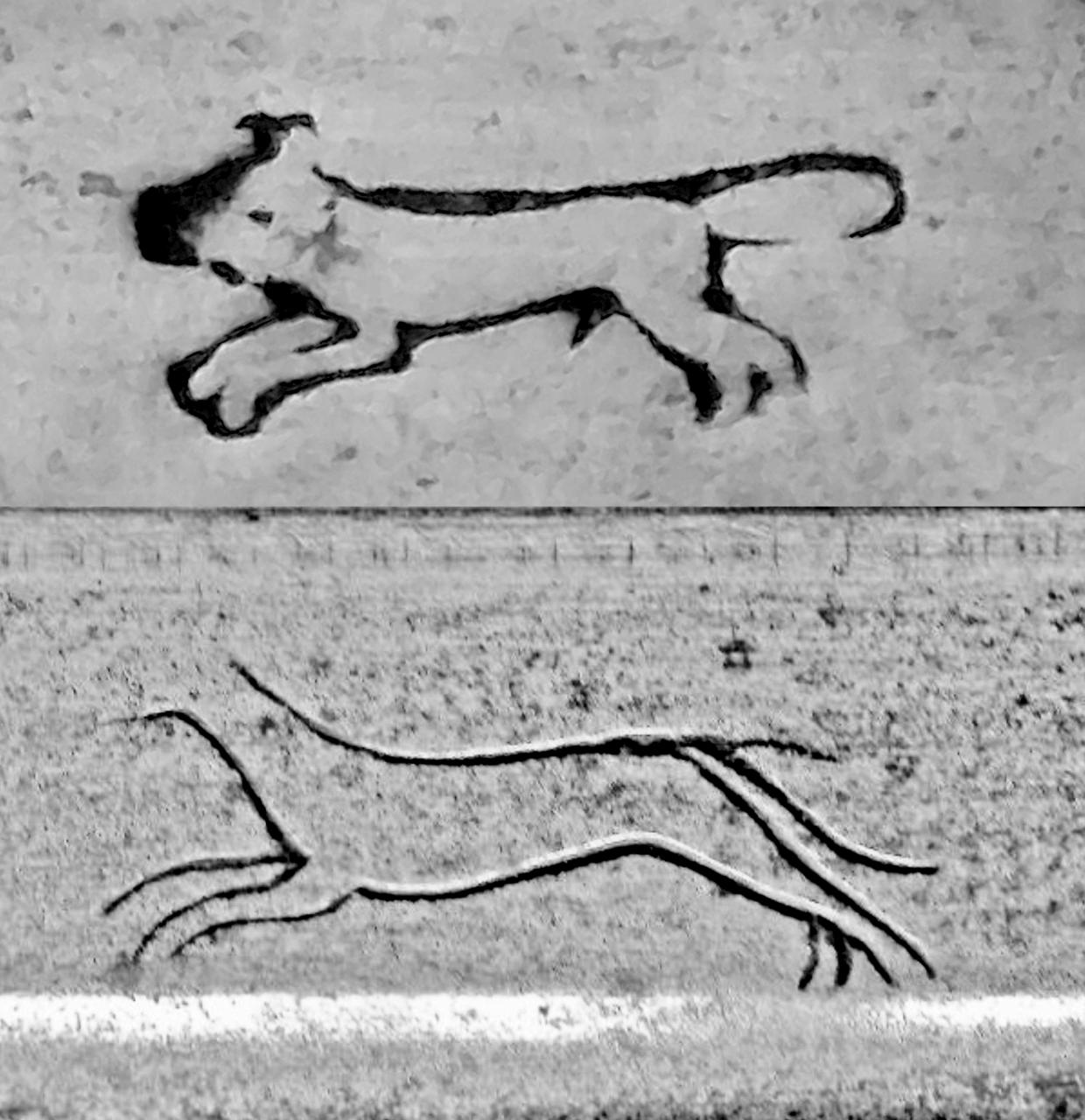Hi Jim and Werecow. Thanks for responding to this. Let me first explain: I bought this sword at an auction last week simply because it is an Oley blade.
Its BTF (bushy tailed fox), like below, is an early one: (1715 - ????)

and differs to the one above used when selling to the Birmingham smiths and the Tower cutlers; this made me curious. The blade is shorter than those mid. 1700s cavalry hangars which were c. 27"… this one is 24" and I wondered if it had been shortened at the ricasso but the fox punzone is exactly the same distance down as my 1740s example.
There is very little room under the collar of the grip binding, suggesting to me (also considering its absence) that it was leather, or a wire of narrow gauge like this copper version (which is patently from modern electrical engineering supplies) and not your typical twisted arrangements. I forced a very thin steel needle between the coils of the wire and it is definitely wood underneath. Of course it could be a wood grip stock replacing a bone or twisted horn style that was irreparably damaged.
Certainly it seems obvious that the sword has been re-assembled (without including the grip wire) and this hilt has been added much later than the date of the blade's manufacture.
I'm sure you are correct Jim and old, stock blades would frequently have been used to fulfill orders.
My real question is why Oley made this blade - early in the first quarter of the seventeen hundreds - was this style in use back then?